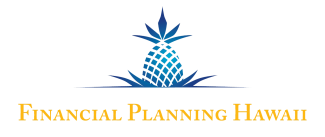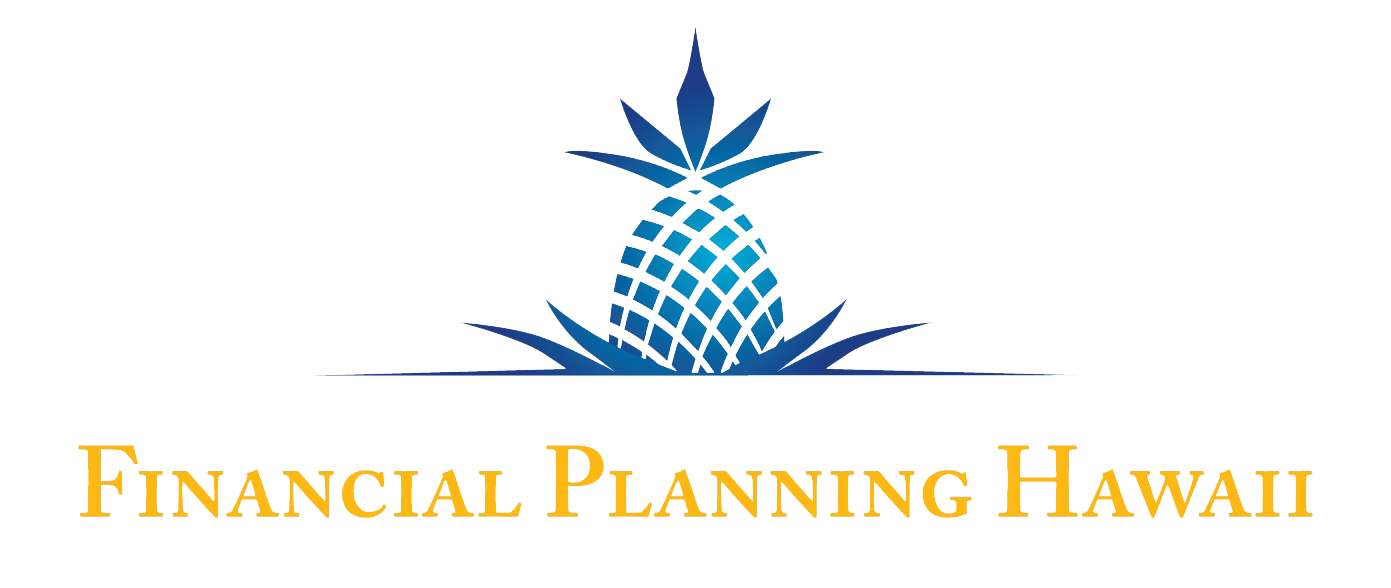
A Roadmap to Investing in Rising Dividend Stocks
INTRODUCTION
This article has been created to introduce readers to the thinking and methodology behind the rising dividend stock strategy I implement in many client accounts. At the outset, it is important to understand that this strategy is not necessarily appropriate for all clients. Anyone who knows me well professionally is likely aware that I believe in evidence-based investing, and that, as such, I try to stick pretty closely to the principles of Modern Portfolio Theory (MPT), Efficient Market Hypothesis, and Random Walk Theory. I am a big proponent of ultra-low cost index funds and ETFs and I frequently recommend laddering individual bonds or CD for the fixed income portion of client portfolios.
Consistent with the three aforementioned pillars of investing, in implementing a strategy of purchasing “rising dividend” stocks I am in no way suggesting that we are (A) trying to outperform the overall stock market or (B) that we are engaging in “stock picking”. Instead, the attraction to the rising dividend strategy is that it offers a means to build an income generating portfolio that rises over time at a pace we hope will be much faster than the cost of living. The basic approach can work in any economic environment, but has been particularly appealing over the past 10-15 years because of the historic low yields on traditional income generating investments (e.g., bonds and CDs).
At the same time, I acknowledge wholeheartedly that we have absolutely no way to predict either the near term direction of the stock market or the future appreciation of the shares in client stock portfolios. However, the screening criteria we apply are intended to help steer us toward healthy companies. During inevitable down market environments, the continued flow of dividend income allows investors to “get paid to wait” until share prices recover. The basic idea is that by assembling a broadly diversified portfolio of companies (at least 8-10 stocks) that have a demonstrated proclivity for increasing their dividends each year, investors may, over the long run, experience both a rising income stream and capital appreciation.
For investors who purchase rising dividend stocks in taxable accounts, this strategy may have additional appeal, since qualified dividends are currently taxed at a lower rate than ordinary income and taxable interest income. Individual securities (both stocks and bonds) also have no internal operating fees and expenses, unlike mutual funds, ETFs and other packaged securities products.
Given that the investments are stocks, there are, of course, no guarantees of either future rising income or future appreciation. My affinity for this approach is merely based on the fact that it has generally been a successful strategy over the more than 25 years I have been investing and that it makes good common sense.
METHODOLOGY
A critical component of understanding the rising dividend stock strategy is that it is not based on one’s stock picking ability, but rather on the disciplined implementation of a system that screens for healthy U.S. companies that pay qualified dividends. To be honest, I spend very little time thinking about a company’s business outlook or what any research analyst or so-called expert thinks about a stock’s valuation or future prospects. Instead, I adhere to the belief that the screening system will tend to be right more often than it is wrong. It’s the system, not the stocks.
Selection Criteria
- Find companies that have a demonstrated proclivity for increasing dividend payments each year. These are typically companies with long (10 years or more) histories of annual dividend increases, but may also include maturing, “emerging dividend” stocks of companies that have just instituted a dividend policy. These companies often have the highest dividend growth rates.
- Price to earnings ratio (P/E) is typically an appropriate valuation measure for dividend-paying companies. Although the appropriate measure for a stock varies from company to company and industry to industry, I have found that avoiding companies that are trading at more than 20X earnings helps investors avoid over paying.
- Dividend yield is NOT a criterion. In fact, abnormally high dividends are often a red flag. Dividend growth is generally more important than dividend yield. I prefer companies that have historically increased their dividends at a much higher rate than the inflation rate.
- Dividend payout ratio, along with P/E, is a critical consideration. I prefer companies that pay out no more than 60% of trailing earnings as dividends. This guideline gives a general sense that there is considerable room for dividend increases and may also make it more fiscally feasible for a company to maintain its dividend if its business goes through a prolonged rough patch.
- I generally look for companies that have a rising earnings trend over at least the past decade. Few companies can boast of increasing earnings every year and in any economy, but a general rising income trend is obviously important in order for a company to continue to increase its dividends in the future.
- I don’t really care if company is trading near its all-time high or not, as long as the P/E and payout ratios are in line. Sometimes the companies that meet the criteria are out of favor, other times they meet the criteria by virtue of having had a recent earnings boost.
- In building a portfolio, I try to diversify by industry and also strive to include at least a few companies in industries that may be considered recession-resistant. Examples may include food processing, insurance, defense, discount retail, and pharmaceutical companies.
Hold & Sell Criteria
- As long as a company is able to continue to increase its dividend each year, it will be held. Warren Buffett famously remarked in his 1989 annual report to Berkshire Hathaway shareholders, “Our favorite holding period is forever.”. All of the companies that meet the aforementioned screening criteria are intended to be held indefinitely. Regardless of market conditions or if a company has had a bad year or two of earnings, as long as it is healthy enough to increase the dividend each year, I will recommend holding.
- I have one hard and fast sell criterion – If a company cuts its dividend (or announces that it is considering a cut). It does not matter whether the shares are at a profit or a loss from the original purchased price, a dividend cut is generally a sign of an unhealthy company. This criterion is intended to help avoid potential permanent declines and bankruptcy. Sometimes companies recover after a dividend cut and sometimes they do not. We do not wish to run the risk of holding companies that do not.
- Since the strategy involves investing in U.S. companies that pay qualifying dividends, any change to this status, will also result in a sell recommendation. For instance, if a company changes its corporate headquarters from the U.S. to foreign soil, I will recommend selling.
- If a company fails to increase its dividend for three consecutive years, I will also be inclined to recommend selling.
SUMMARY
As you can see, my rising dividend stock strategy is not rocket science. It does, however, require having the discipline to stick to the criteria and to be unflinching during severe down markets. There are around 70-80 companies that I track, and I am always looking to add more. Of these companies, only a portion are likely to meet the selection criteria at any particular moment in time. For instance, many of the companies on the list today are sporting P/E multiples above 20, which is, in part, a reflection of the recent rise in the stock market. As long as the P/E is above 20, I will not recommend buying more. As of this writing, 23 of the companies I follow meet my selection criteria.
A list of the companies I track and of the companies on my current “buy list” is available to all FPH clients upon request. For further insight into my investment philosophy, see the following two-part interview that appeared in Hawaii Reporter earlier this year.
JR Robinson talks Personal Investment Trends — Part 1
JR Robinson talks Personal Investment Trends — Part 2
DISCLOSURE
Securities offered through J.W. Cole Financial, Inc. (JWC) member FINRA/SIPC. Advisory services offered through Financial Planning Hawaii and J.W. Cole Advisors, Inc. (JWCA). Financial Planning Hawaii and JWC/JWCA are unaffiliated entities.
Fee-Only Financial planning services are provided through Financial Planning Hawaii, Inc, a separate Registered Investment Advisory firm. Financial Planning Hawaii does not take custody of client assets nor do its advisers take discretionary authority over client accounts.
The information contained herein is for educational purposes only and general in nature. Neither Financial Planning Hawaii nor J.W. Cole provides client specific tax or legal advice. All readers should consult with their tax and/or legal advisors for such guidance in advance of making investment or financial planning decisions with tax or legal implications
John H. Robinson
Financial Planning Hawaii
2800 Woodlawn Drive, Suite 139
Honolulu, HI 96822
(808)564-0654 or toll free (866)894-3647
Fax (808)697-6714


